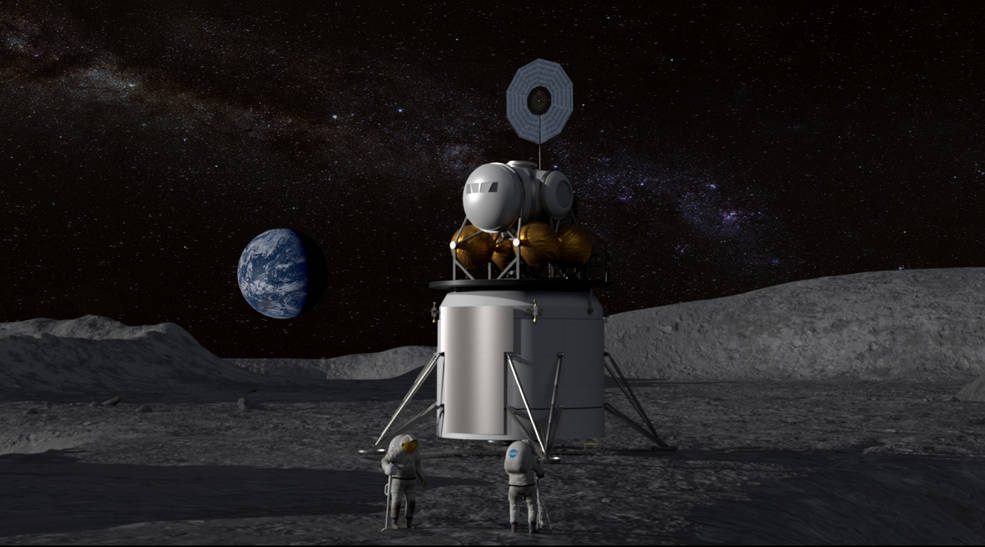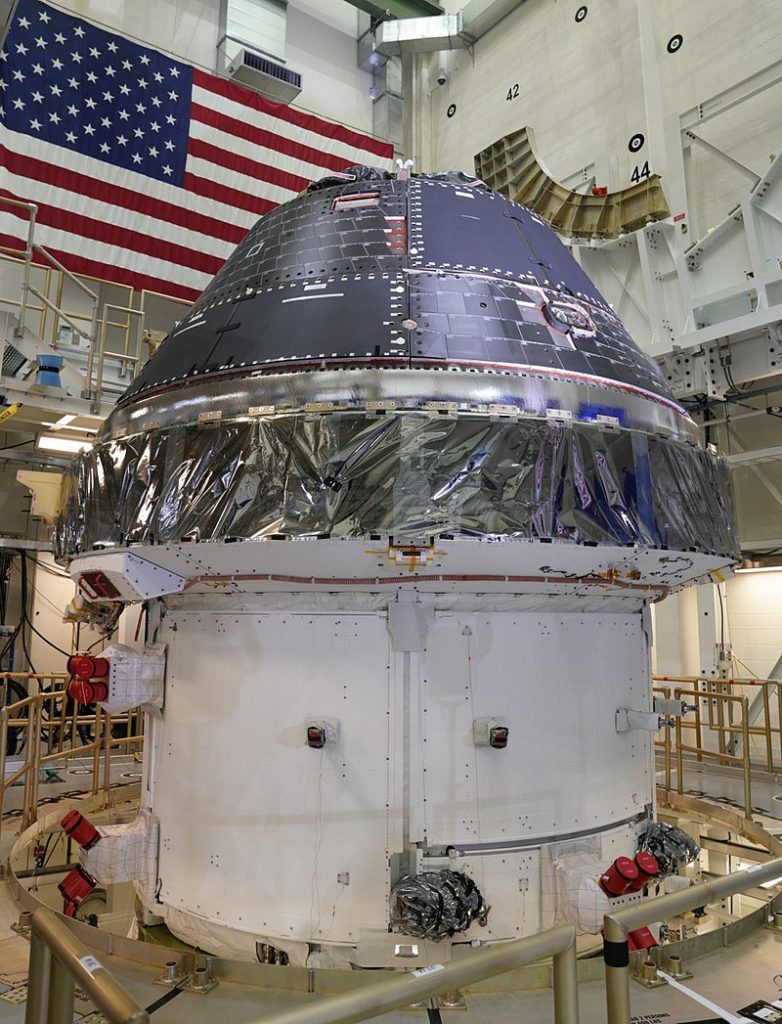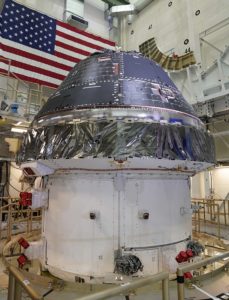NASA to Collaborate with Commercial U.S. Based Space Agencies to Advance Mars, Moon Technologies
NASA is the first agency to land on the surface of the moon, and the world’s top space agency, too. But it seems to further extend its operations, NASA needs the support of other organisations as well. Leading to this, the organisation has announced a partnership with the long list of various commercial U.S. based space agencies, including SpaceX, BlueOrigin, and Lockheed Martin.
NASA has partnered with thirteen U.S. based space agencies and has formed partnerships on 19 different technologies that will help it advance its operations for reaching out and landing on other planets and extend its research on Mars and the lunar surface.
Through the Announcement of Collaborative Opportunity initiative, NASA had invited proposals from different space organisations. The agency had asked those organisations to submit proposals for the technology they want to work upon. On the basis of various factors, the agency has selected thirteen different organisations.

With those agencies, NASA will be providing appropriate resources and support, such that they can continue their research work on the selected technology. The organisations will be working collaboratively on different operations, including landing on other planets, navigating over the surface of the Moon, transferring propellant in space, improving spacecraft operation, etc.
The Blue Origin, Jeff Bezos’s space company will work on a fuel cell-based power system to be used in the company’s Blue Moon lander. The company will be collaborating with NASA’s Johnson Space Center and the Goddard Space Flight Center. Along with that, the company will work on a new navigation system. The system will help in an accurate and safe landing of spacecraft on various parts of the Moon. It will also be developing a new power system, that will empower the landers on the Moon in the lunar nights or for at least two weeks.
On the other hand, SpaceX will be collaborating with the Kennedy Space Center. The two will be working on improving the technology that helps in verticle landing of bigger landers, at the place where the gravity is not that strong, like on the moon and other zero-gravity environments. Other than that, the company will work on improving the workability of the reusable rockets. With the new technology, the rocket propellent can be moved through one vehicle to the other efficiently, within the orbit.
The third biggest company, Lockheed Martin, will be working on robotics and autonomous technologies that would help in plantation and farming in the space so that it will be possible to harvest plants in the deep space in the coming future.
Other than these three companies, Advanced Space will be the part of NASA’s lunar navigation technologies research works and Vulcan Wireless will be helping NASA test the CubeSat radio transponder, and its compatibility with NASA’s Space Network.
Aerogel Technologies, Spirit AeroSystem Inc., Anasphere, Bally Ribbon Mills, Sierra Nevada Corporation, Maxar Technologies, Aerojet Rocketdyne, Colorado Power Electronics Inc., are the other companies that have been selected by NASA to work on its various operations, related to Mars and the Moon missions.

Yashica is a Software Engineer turned Content Writer, who loves to write on social causes and expertise in writing technical stuff. She loves to watch movies and explore new places. She believes that you need to live once before you die. So experimenting with her life and career choices, she is trying to live her life to the fullest.

